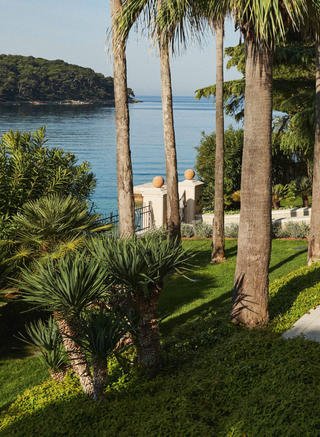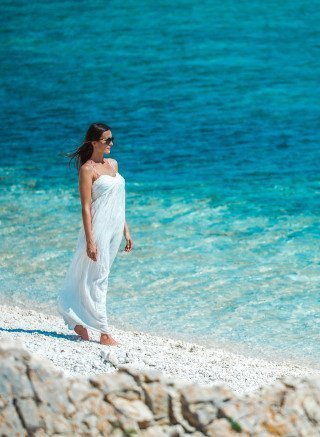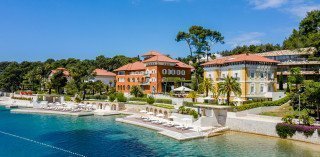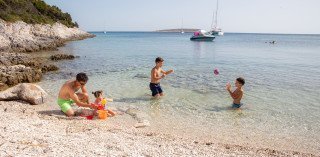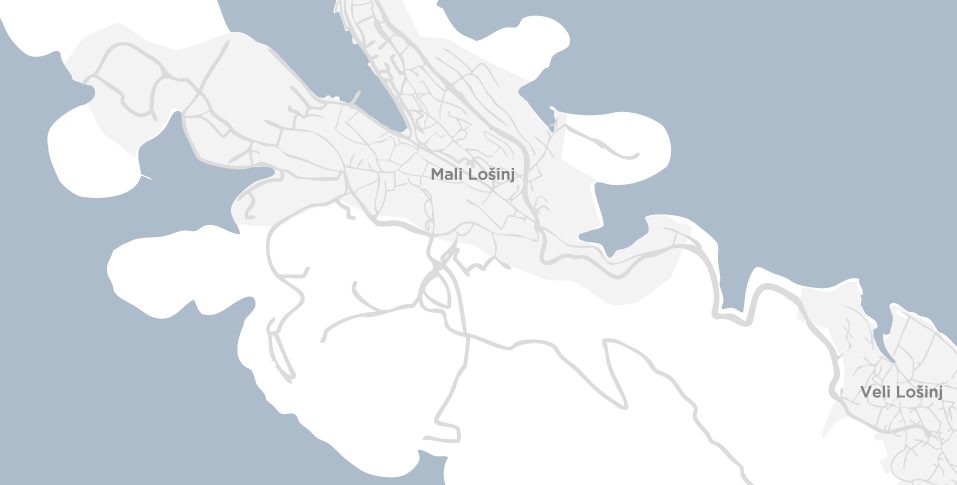Welcome to Lošinj!
The island of Lošinj is one of Croatia’s most magical hidden gems and the perfect escape for every season. Whether you’re looking to relax and recharge, be active or do a little of both, you’ll find there’s something for everyone to love.
It is here, dotted amongst the most stunning bays and tranquil pine forests of the island, you’ll find our hotels, villas and apartments – for luxury getaways, active breaks, family holidays and so much more.


